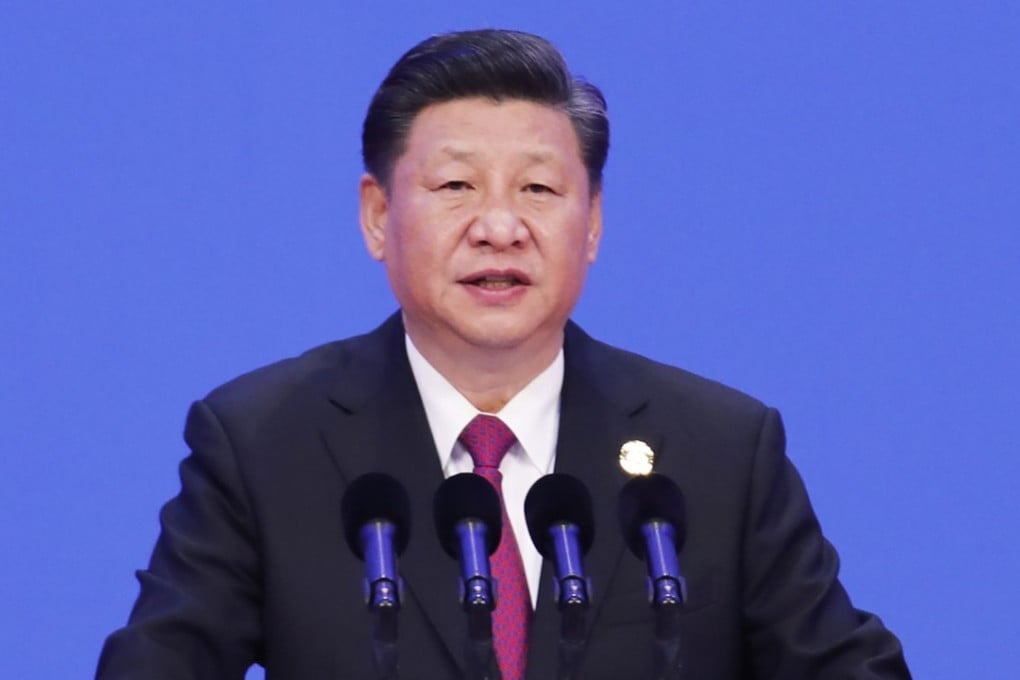Advertisement
Opinion | China’s reform and opening must continue, 40 years after its ‘second revolution’
G. Bin Zhao says the strengthening of Xi Jinping’s leadership will make further reform and opening possible – by removing the obstacles to change
Reading Time:4 minutes
Why you can trust SCMP

This year marks the 40th anniversary of China’s economic reform and opening up. As Confucius said: “At 40, I had no doubts.” In the 19th century, German philosopher Arthur Schopenhauer noted: “The first 40 years of life give us the text: the next 30 supply the commentary.” No matter how it is stated, the 40th anniversary means a lot in life, and for a nation.
Looking back over the last four decades, there is no doubt that reform and opening was the only way to create prosperity for the Chinese people, and this is certainly the consensus for most of the nation.
A few weeks ago, President Xi Jinping called for a boost to the reform drive at the Boao Forum for Asia’s annual conference: “Today, the Chinese people can say with great pride that reform and opening, China’s ‘second revolution’, has not only profoundly changed the country but also greatly influenced the whole world.” Xi’s use of the phrase “China’s second revolution” to describe the reform and opening means its importance can be compared to the founding of the People’s Republic.
Advertisement
China’s new leaders have gradually taken their places within the party and government, and with the successful amendment of the constitution, Xi and his team are fully empowered and equipped to execute bold reforms in the coming years. Once the foundation becomes more solid, the conditions are ready for the implementation of extraordinary ambitions.
Advertisement
Taking a broad view of the announced and upcoming measures, it is certain that China’s reform and opening drive in 2018 will reach historic highs, unleashing economic vitality in many sectors and fields, which will become a major force for development in the next 10 to 20 years. These measures will have a dramatic impact on China’s economy and the whole of society.
Advertisement
Select Voice
Choose your listening speed
Get through articles 2x faster
1.25x
250 WPM
Slow
Average
Fast
1.25x
